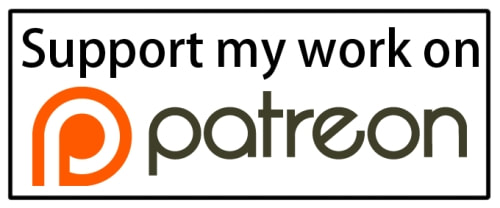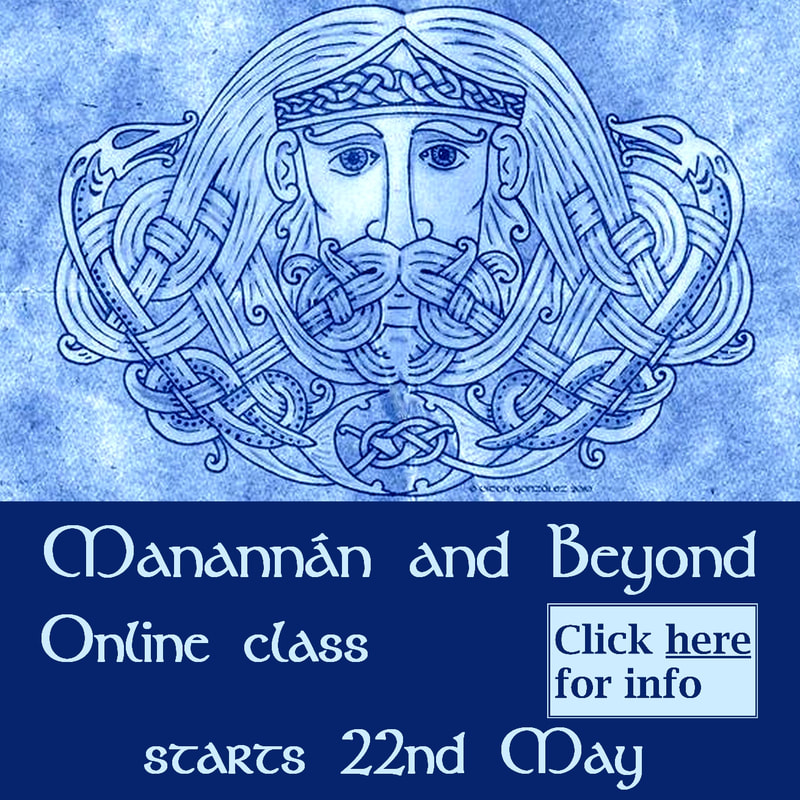There is something electrifying and shocking the first time you read or hear a water horse story, that never quite leaves you. There are many, many stories of the each uisge (water horse) in these old collections, and as best I remember it, the one I'm thinking of ran like this:
Some lasses had gone to the summer sheiling with the cattle. One evening they saw a magnificent black horse wearing a saddle and bridle richly decorated with silver. He was prancing up and down the shore of the loch. One girl, in particular, was fascinated, but her friends convinced her to stay away from it. However, the horse was persistent, appearing tame and friendly, and seeming to invite them to ride. Finally, the lass mounted up, and of course found that she was stuck fast to the beast. He took her into the loch and drowned her.
Water horse folklore is common all over the British Isles and Scandinavia, with each area having its own beliefs about the details of the creature, and its own style of story. I've written here previously about the Shetland njuggle, and there is more than a whiff of water horse about my story The Wild Mare, which features in the chapbook you can see toward the bottom of this page.
The poem below is inspired by another common variant of the story, also from the Scottish highlands, in which the horse shapeshifts into an attractive man who courts a girl. As they are sitting cuddled together, he dozes off and she notices some clue as to his real identity - hooves for feet, or sand in his hair. In some versions she manages to cut away the part of her apron where his head lies, and so make her escape. In others, she isn't so lucky. But what if she is just too lovesick to do that?
The form of the poem hints a little at the style of both Scottish ballads and Gaelic songs. My head is always full of those, like this one, whose title in English would be "Maids of the Sheiling". Don't let the Gaelic put you off, there's a translation below the video.
Here by the Sheiling, Here by the Loch
| Oh, my darling So handsome and dark Here by the sheiling Here by the loch Oh, my darling With sweet words you woo'd me Late in the evening Here at the sheiling Oh, my darling You met me at noonday Your head in my lap Here by the loch Oh, my darling You doze on my apron How dark are you tresses Here by the sheiling Oh, my darling My fingers meet sand As they run through your black hair Here by the loch Oh, my darling My heart weeps with sadness My heart leaps with fear Here by the sheiling Oh, my darling How could I leave you? How can I lose you now? Here by the loch Oh, my darling The sunlight is sweet to me Warm on my shoulders Here by the sheiling Oh, my darling My heart is betraying me Hold me fast when you carry me Into the loch |

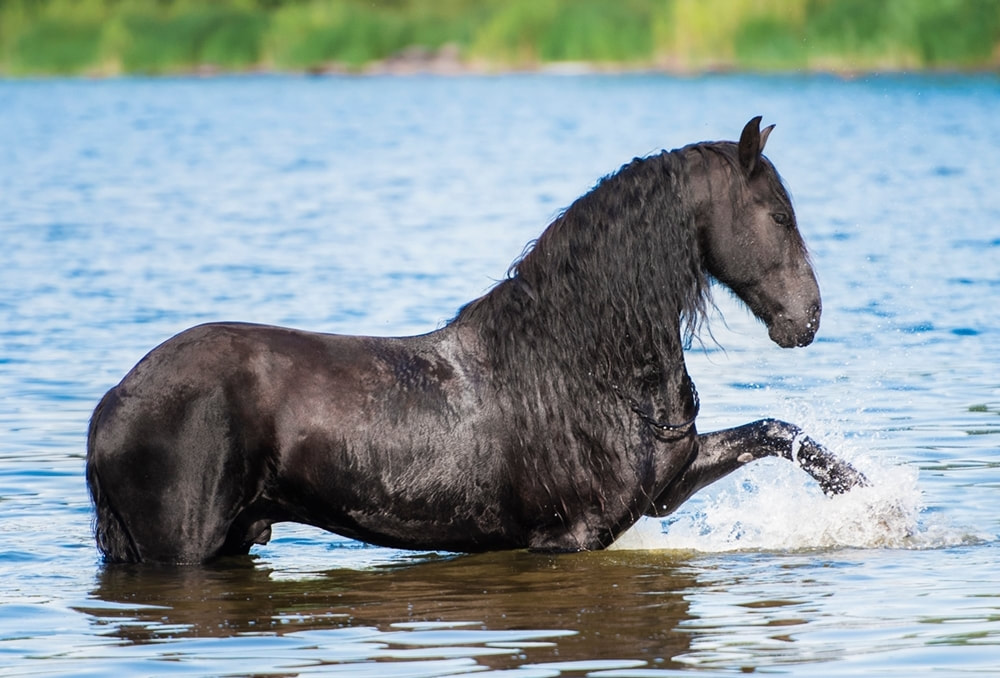
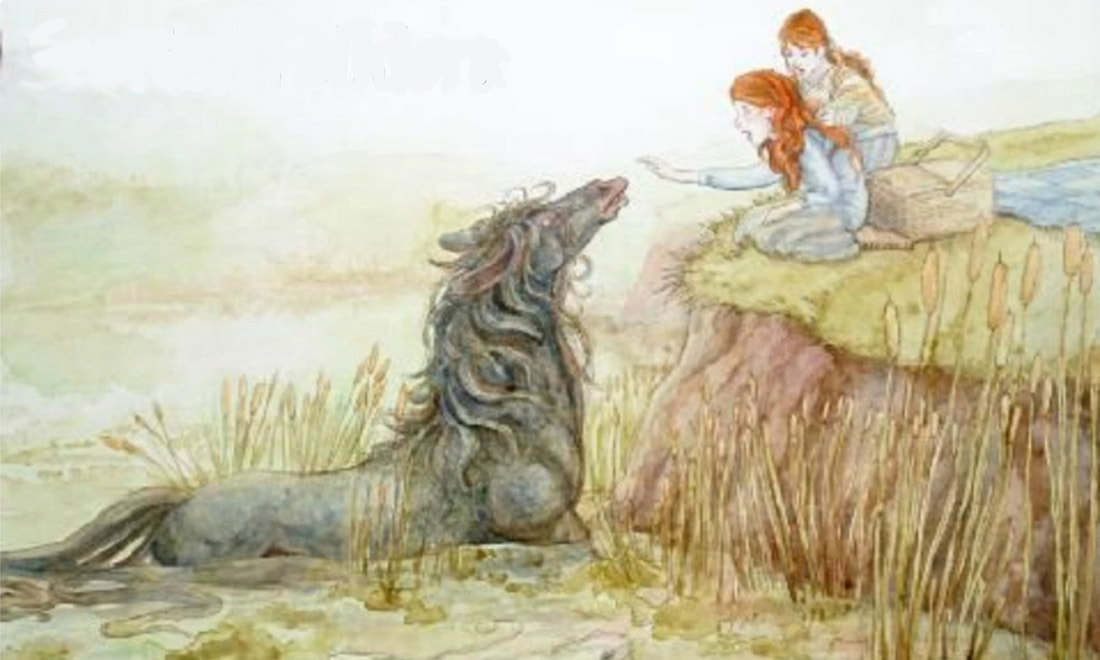
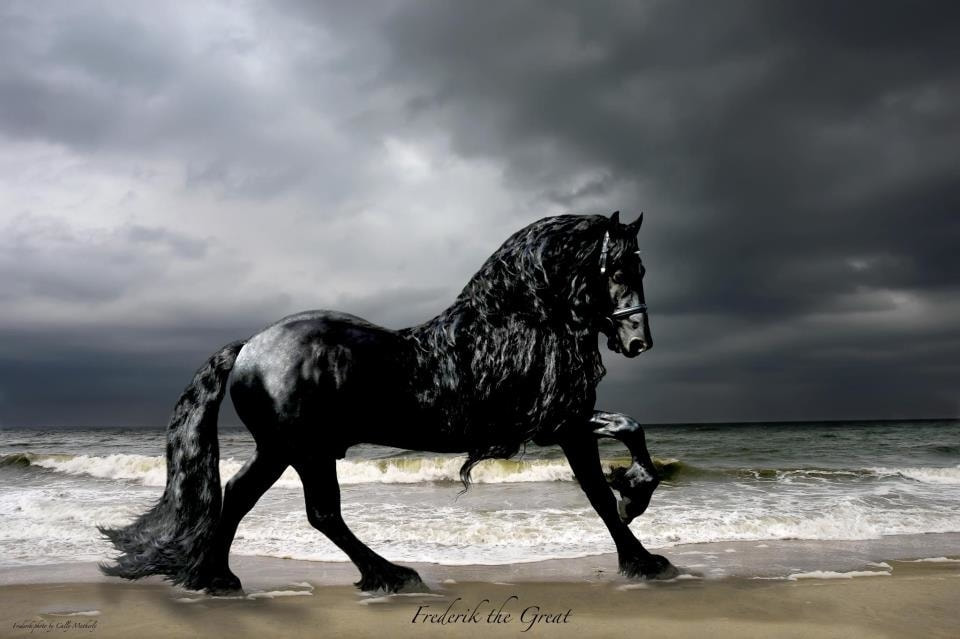
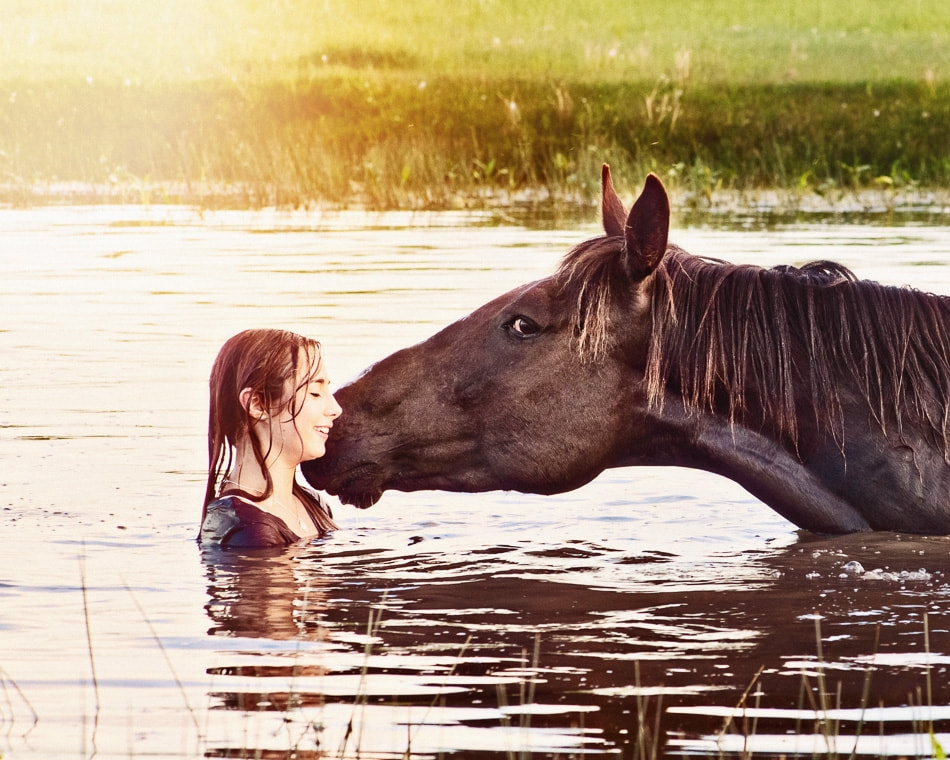
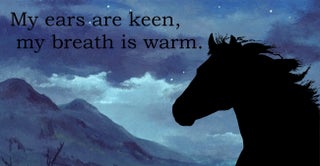

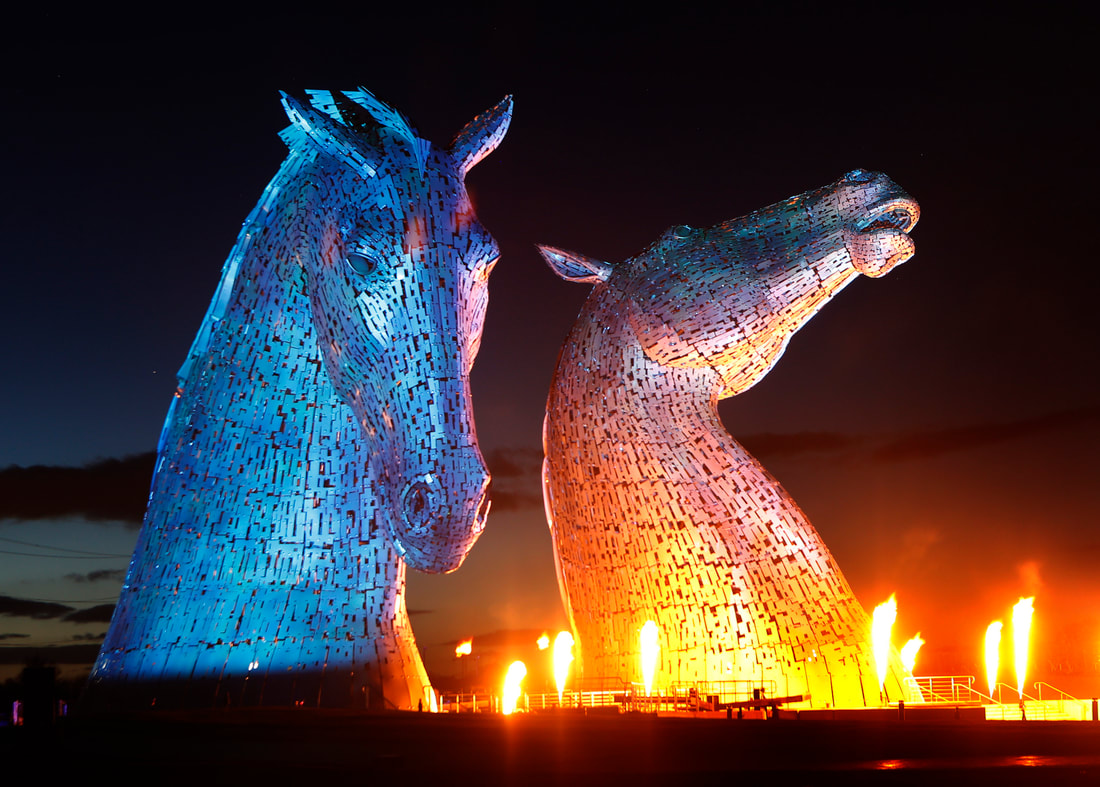
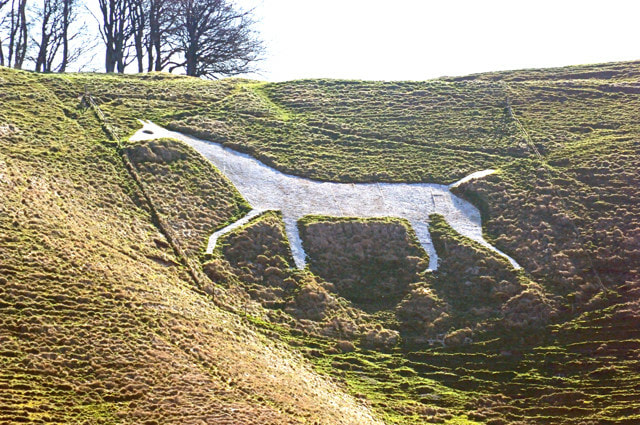
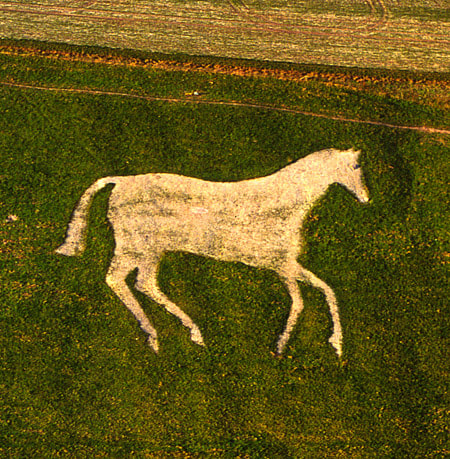
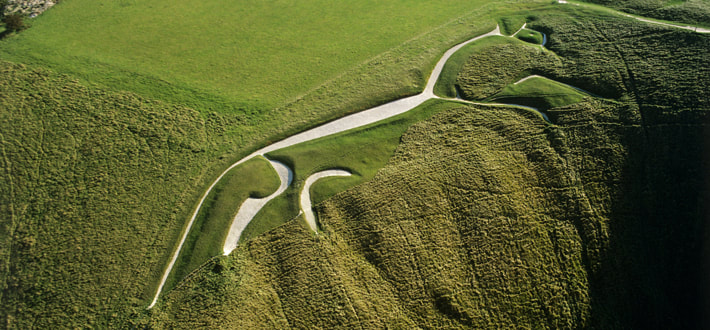
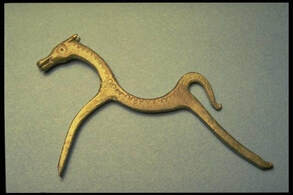
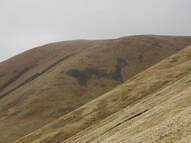
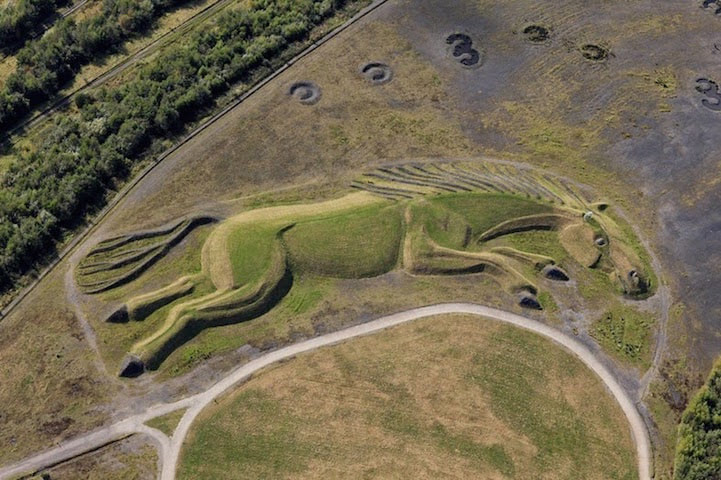
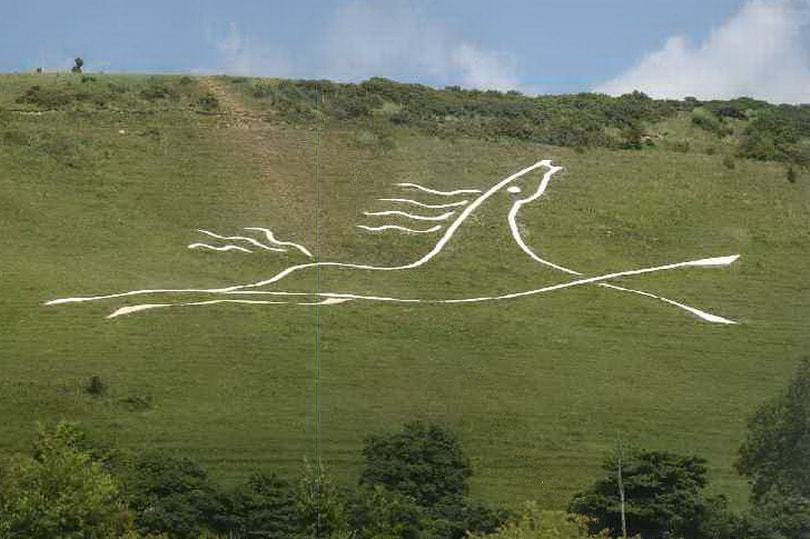
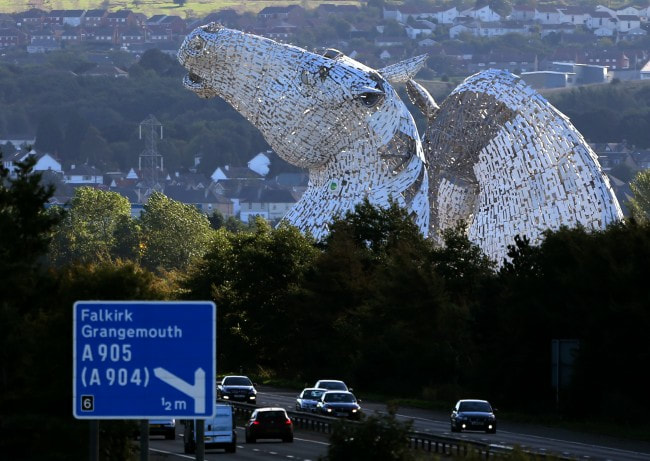

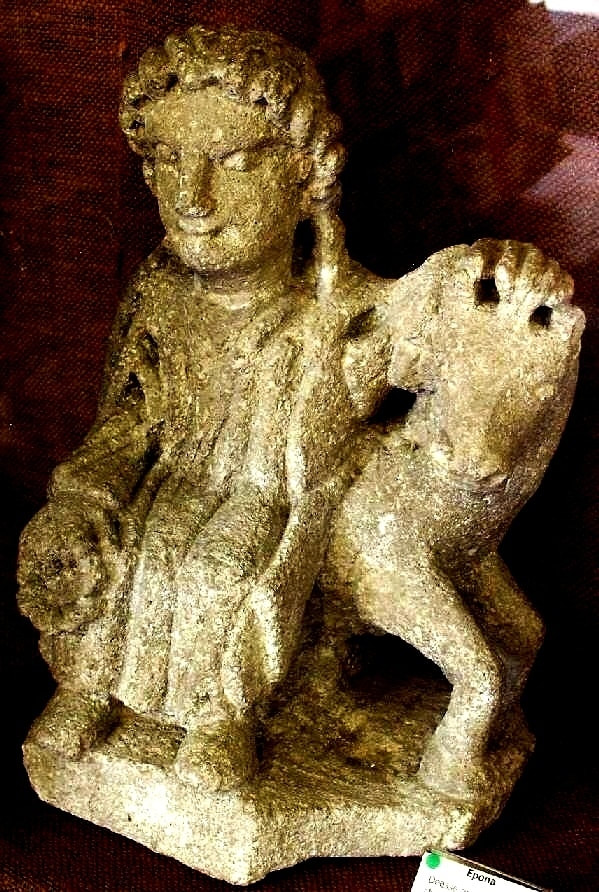
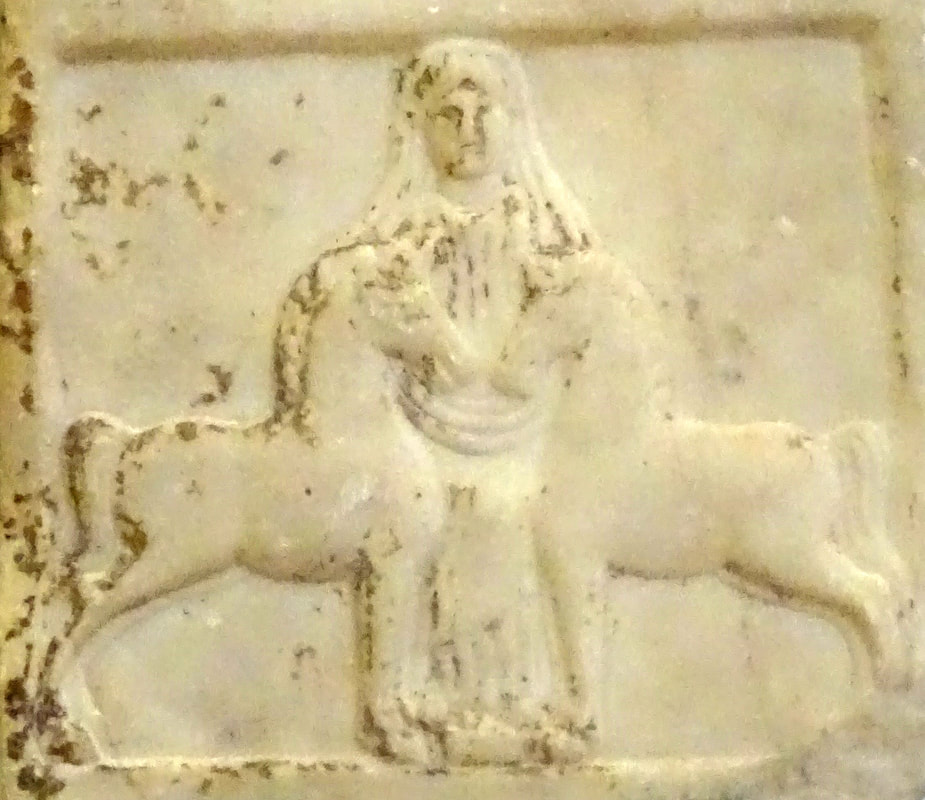
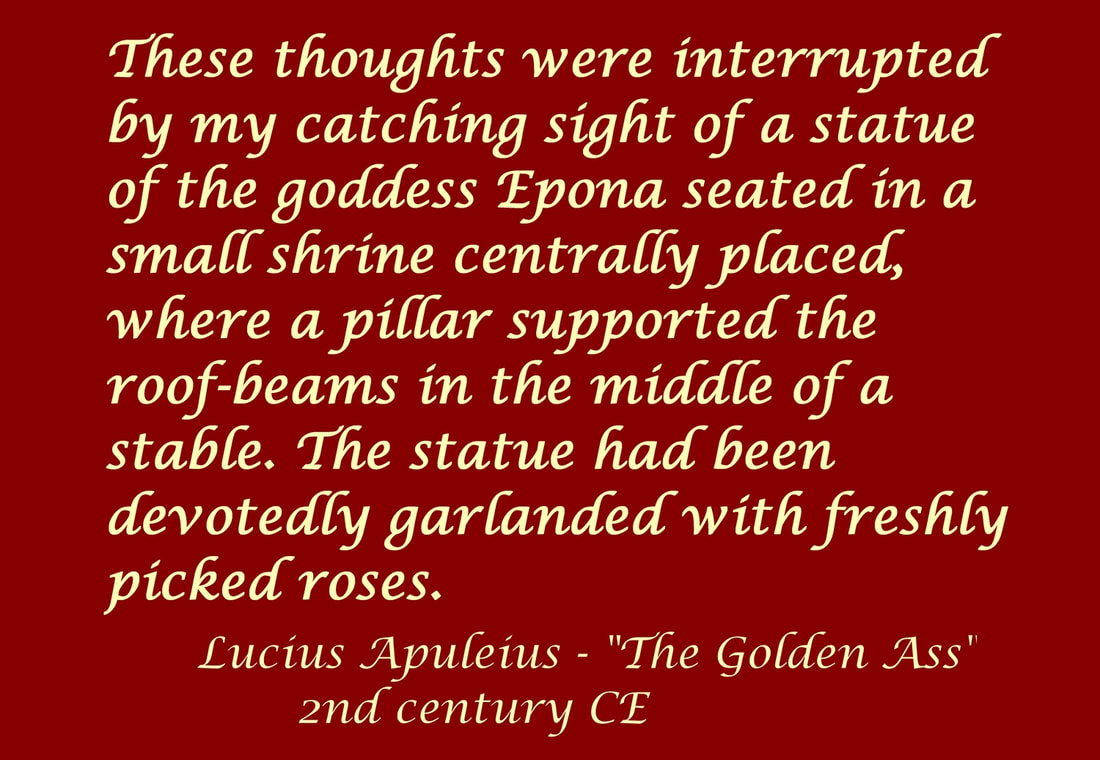
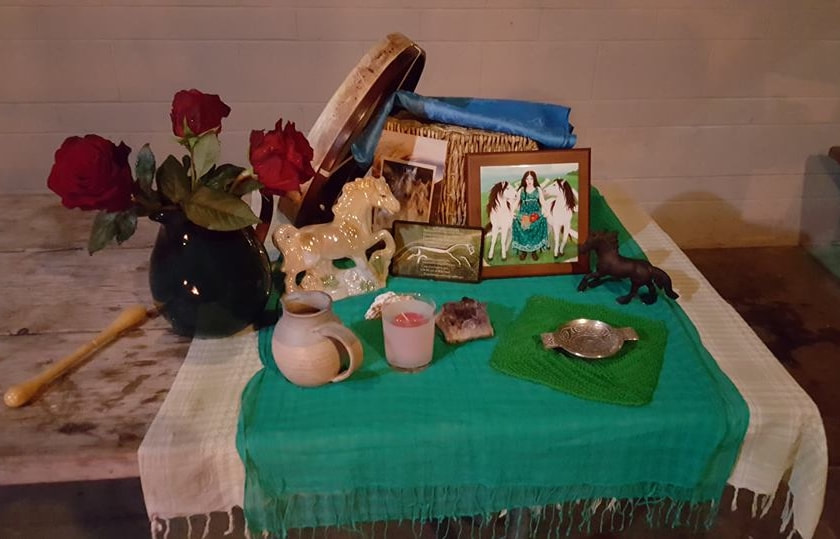
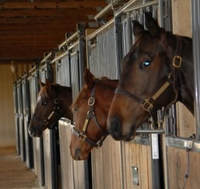
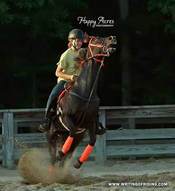
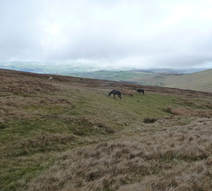
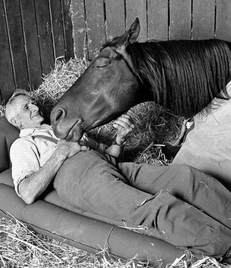
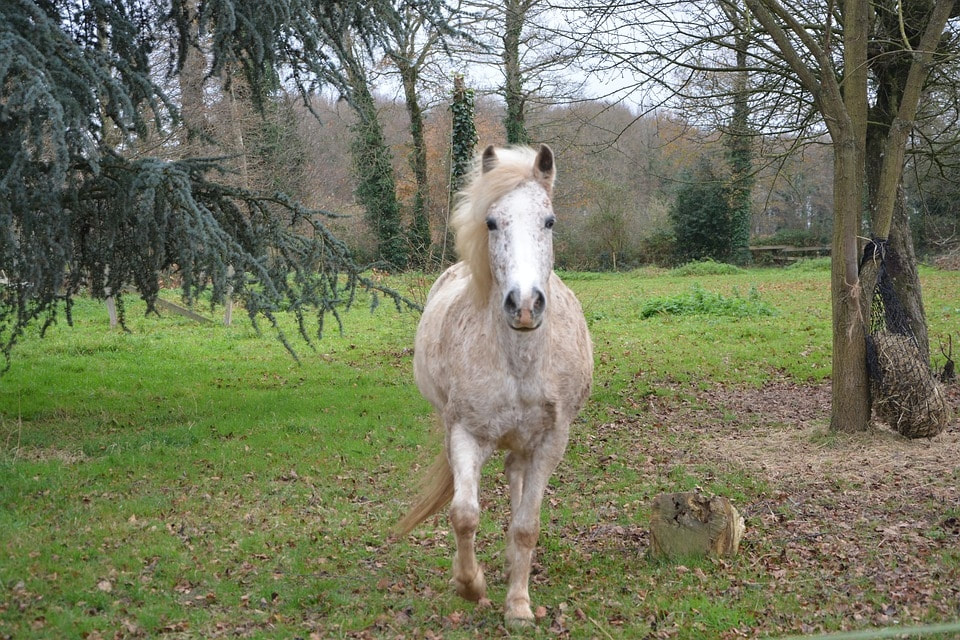
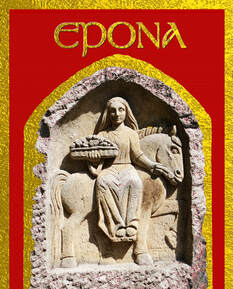

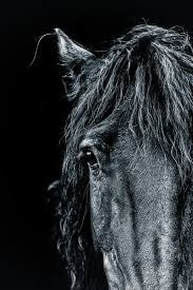
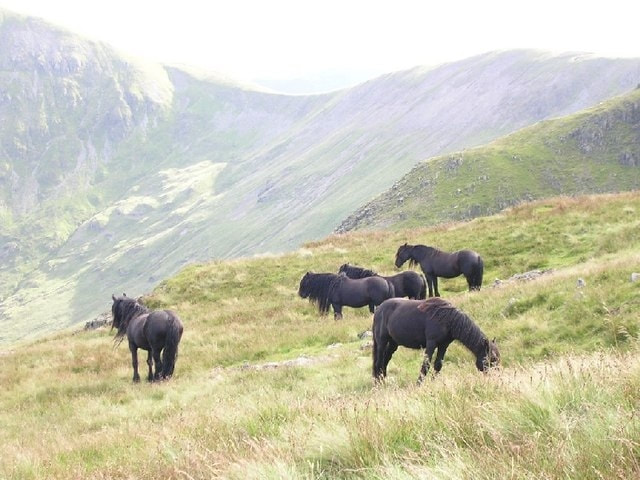
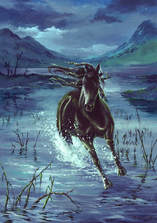
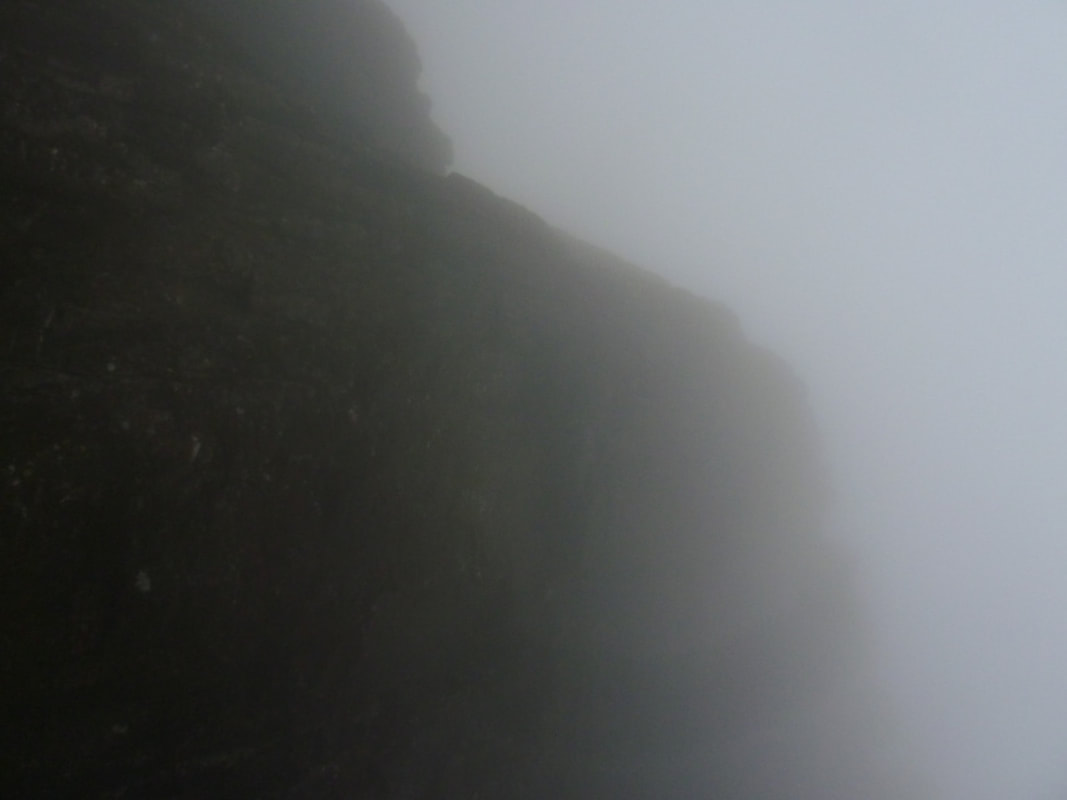
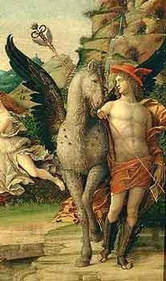
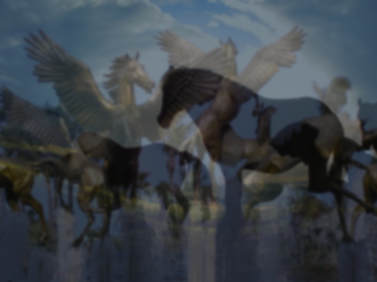
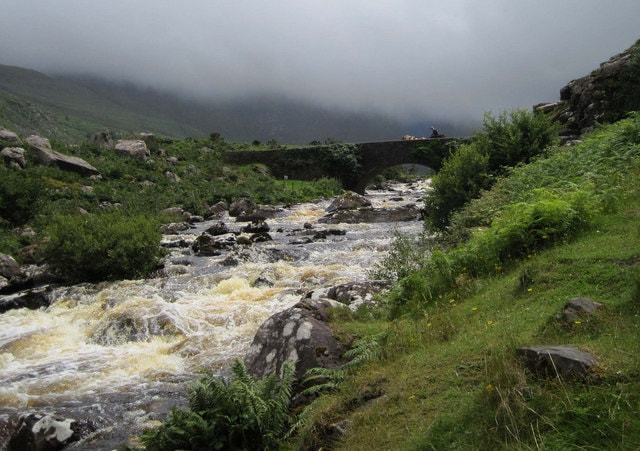
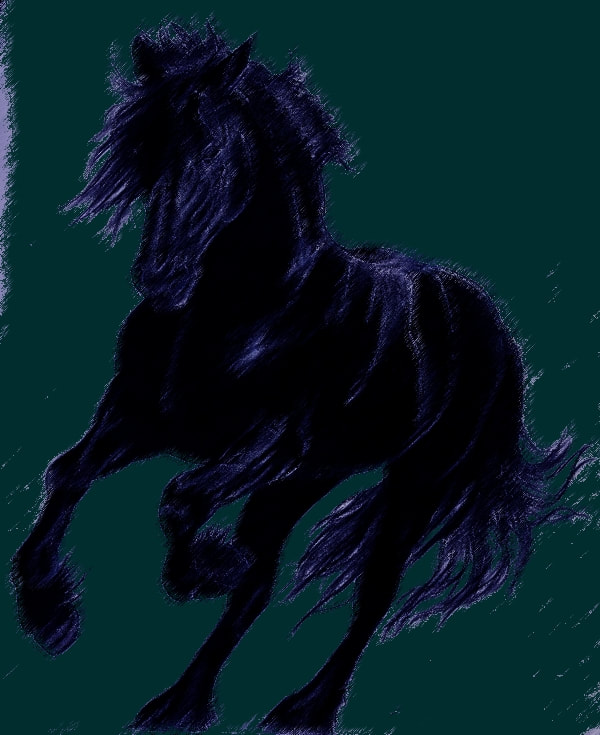
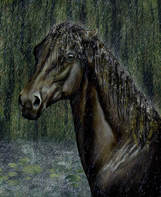
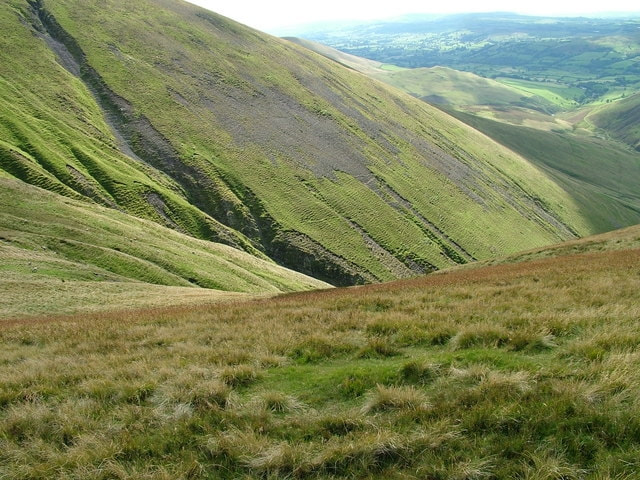
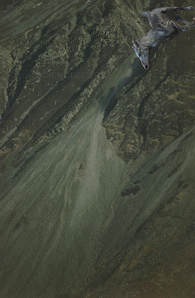
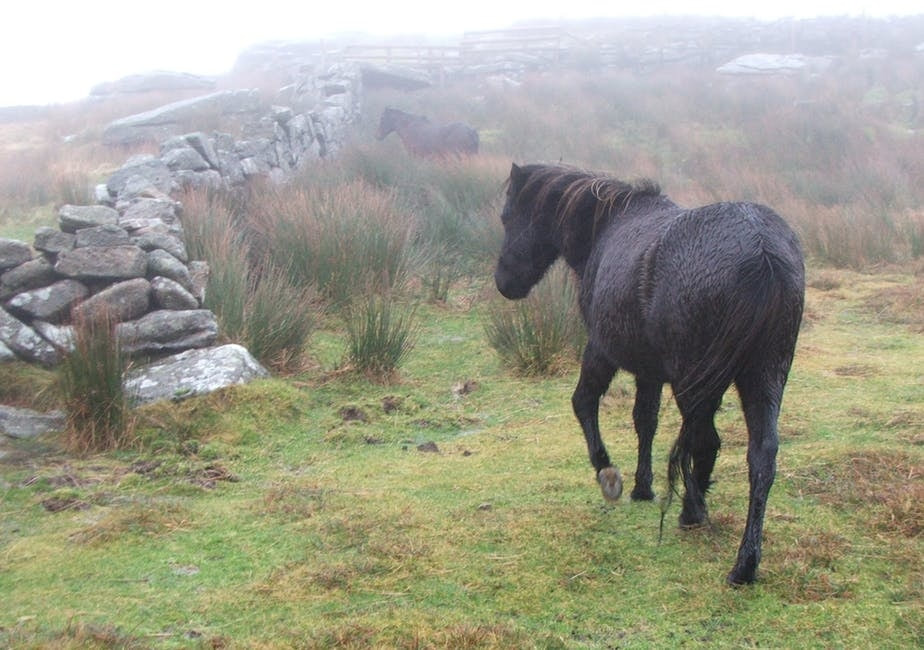
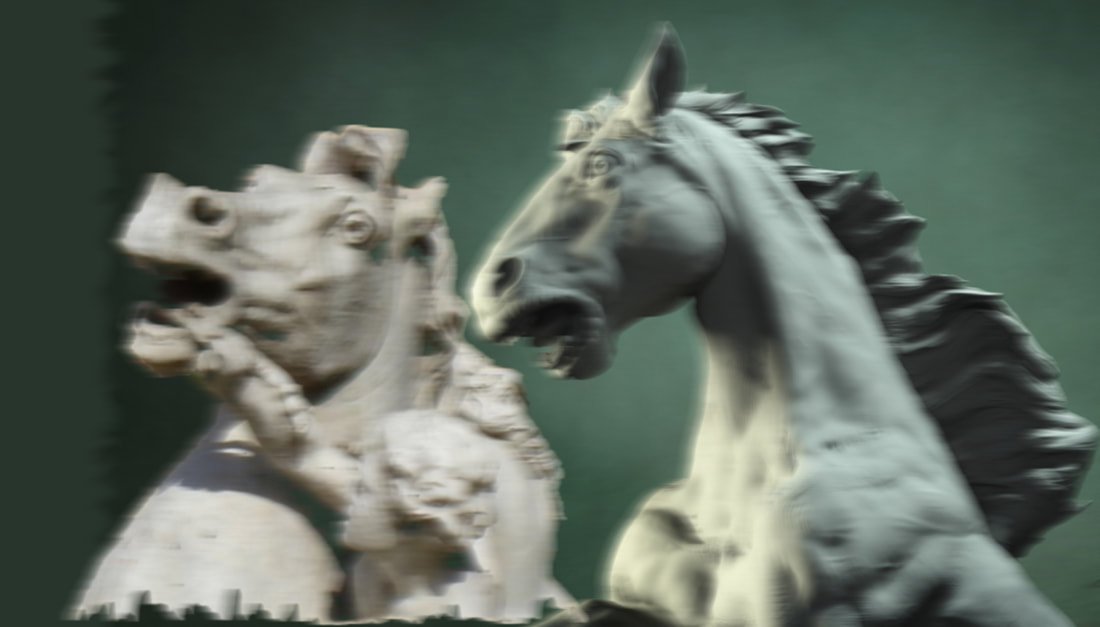

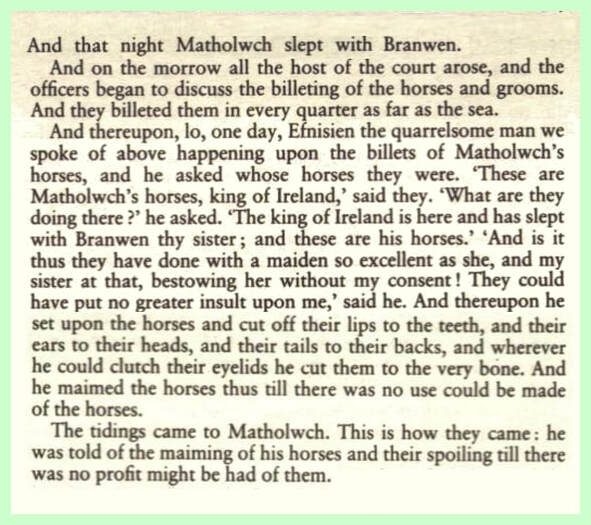
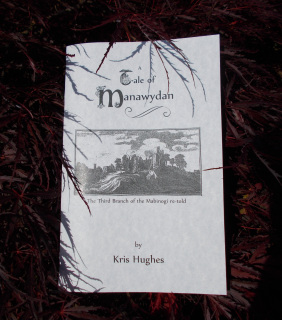
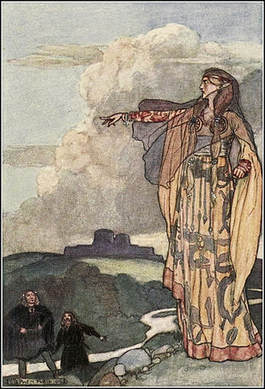
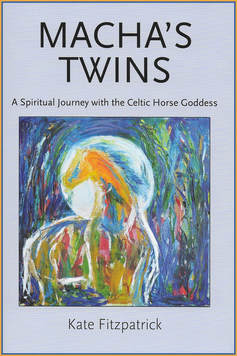

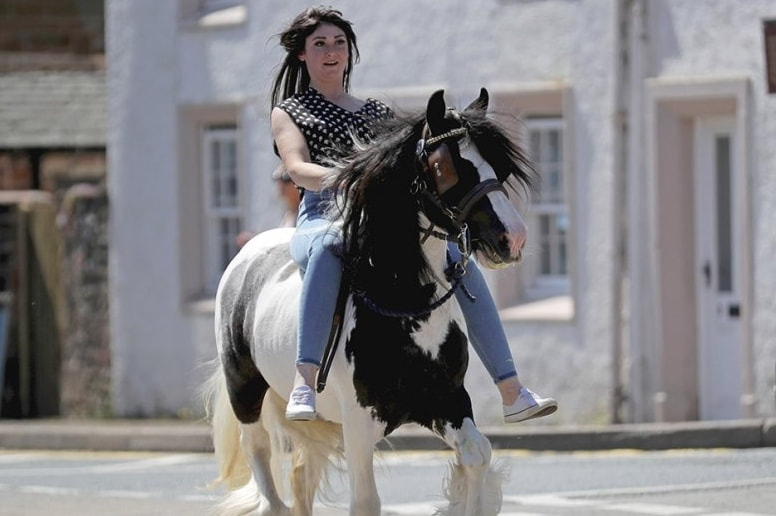
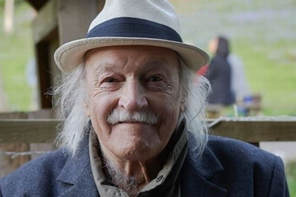
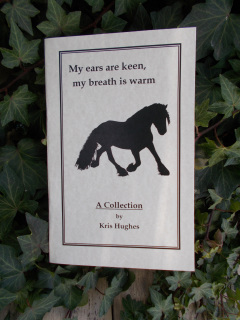


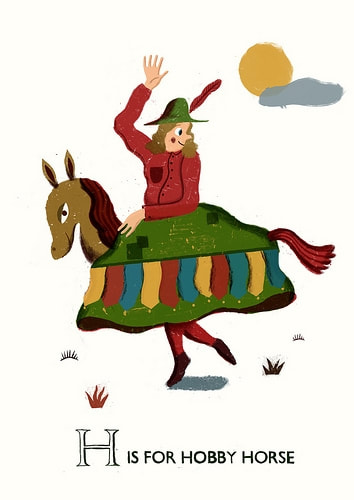
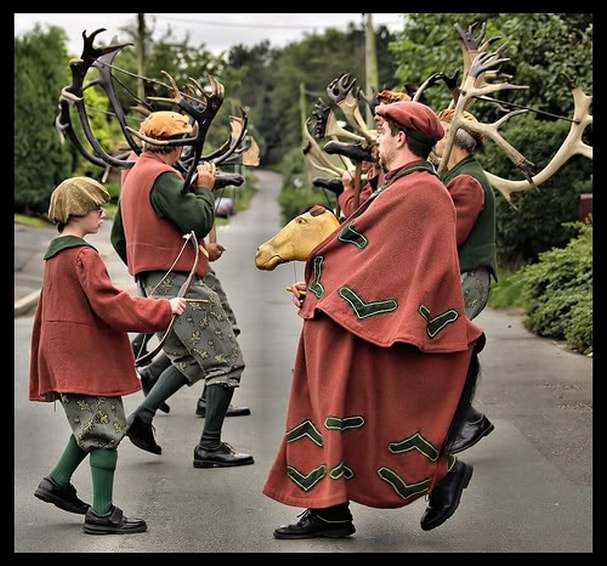
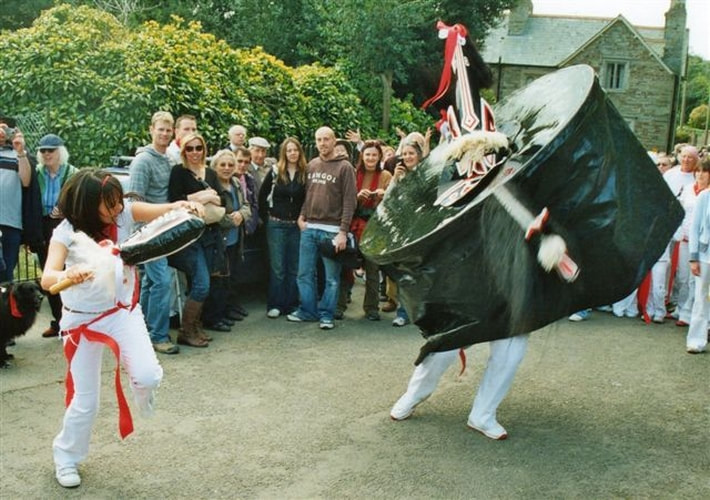
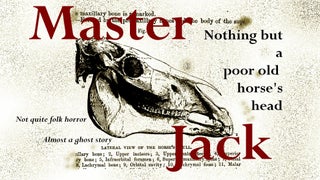
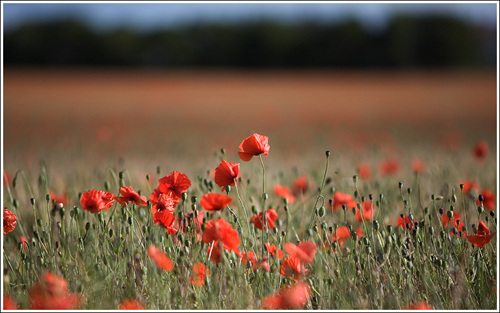

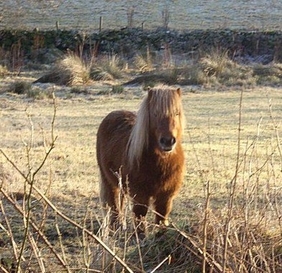
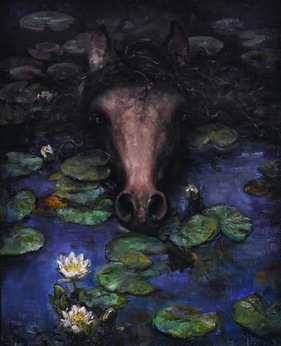
 RSS Feed
RSS Feed


